Unveiling the Potential of Tableau for Enhanced Data Visualization
Reasons to Migrate from Hyperion to Tableau
Data is the lifeblood of modern businesses, and advanced analytics and visualizations are essential tools used to extract valuable insights from it. For years, organizations have relied on Hyperion, a popular business intelligence platform to meet their analytics needs. However, with the growing demand for enhanced data visualization, self-service analytics, and broader data connectivity, businesses are increasingly looking for superior alternatives. Tableau is one such alternative that offers many advantages over Hyperion.
Transitioning from Hyperion to Tableau – A Stepwise Guide with Migrator IQ
Streamlined Hyperion Report Analysis with Migrator IQ
Manual Hyperion Report Analysis – A Comprehensive Approach
Harnessing Migrator IQ’s Power for Effortless Hyperion Report Analysis
Hyperion Accelerator Components: List Maker and Hyperion Extractor
Precise Effort Estimation and Report Sizing with Migrator IQ
Navigating the Migration Process from Hyperion to Tableau
Manual Data Migration Steps for a Smooth Transition
Leveraging SQL Queries for Seamless Tableau Integration
Building Data Models in Tableau with Migrator IQ Insights
Advantages of Migrator IQ (Hyperion Accelerator) for Streamlined Migration
Efficient Handling of Multiple Reports Simultaneously
Comprehensive Hyperion Report Metadata Export for Informed Decision-Making
Automated Processes and Resource Optimization
Cost-Effective Hyperion to Tableau Migration
Unleashing the Power of Tableau through Migrator IQ
Seamless Transition to Advanced Data Visualization
Self-Service Analytics Empowerment and Wider Data Connectivity
Enhancing Insights with Reduced Time and Effort through Migrator IQ
Achieve Data Visualization Excellence – Migrate from Hyperion to Tableau with Confidence
A Successful Transition with Migrator IQ’s Guided Approach
Some of the key reasons why organizations choose to migrate from Hyperion to Tableau are:
Modernization: Hyperion is a legacy system that may not have the advanced analytics capabilities that Tableau offers. By migrating to Tableau, organizations can leverage the latest analytics trends and technologies and stay ahead of the curve.
User Empowerment: Tableau’s user-friendly interface and self-service analytics capabilities enable business users to analyse and visualize data on their own, without relying on IT or analysts. This speeds up the decision-making process and fosters a data-driven culture.
Enhanced Visualization: Tableau provides a wider range of visualization options and advanced features that allow organizations to present data in more engaging and meaningful ways, facilitating better insights and understanding.
This blog is an attempt to offer a stepwise guide for migrating from Hyperion to Tableau in a seamless and efficient manner with the help of USEReady’s Migrator IQ (semi-automated) tool.
Step – 1 Hyperion Report Analysis:
| Analyze Hyperion Report Manually | Analyze Hyperion Report (Hyperion Accelerator) |
1. Use the Hyperion link and log in with your user account/credentials. 2. Click on “Explore” to access the folders and select respective folders to redirect to the respective report to be converted. 3. Once we select the report, we will be redirected to the new window (Fig 1), where we will have the sections, data model, the result of the report, and the pivot of that report. 4. Data model of the report: The data model has tables and joins (ex – Fig 1). The filters above the data model are the filters that needed to be provided in the report. Right-click on the line connecting two tables to know the join type. 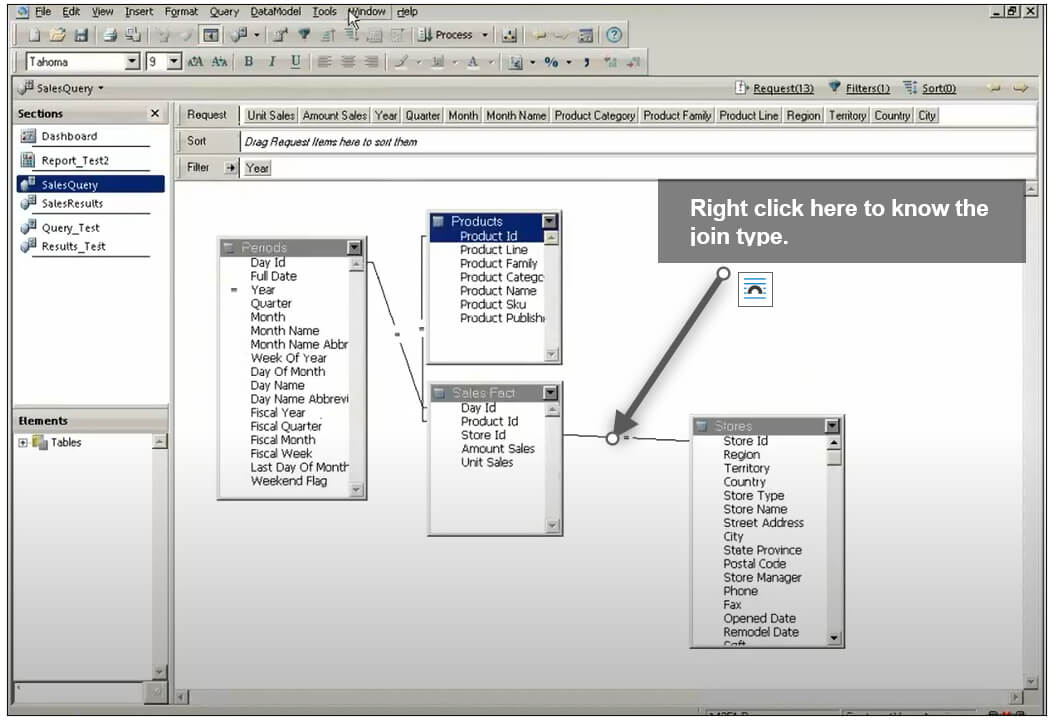 5. To check the Database and physical name of the table, double-click on the table name and a pop-up come up like the given picture below: 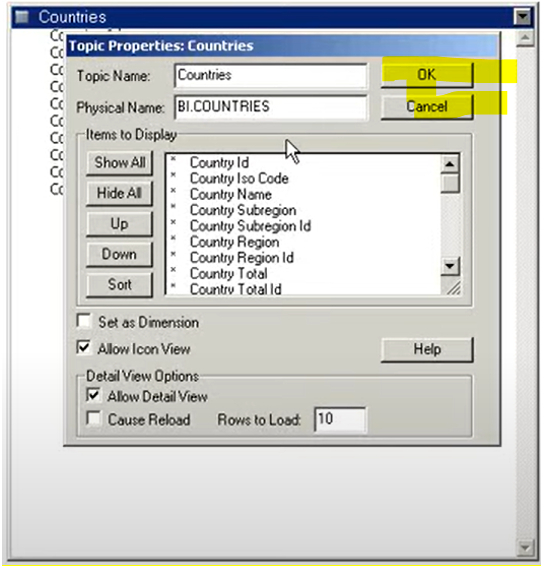 6. To check the SQL query in the Hyperion report. Click on View and select Query log and run the query by clicking on Process à Process Current 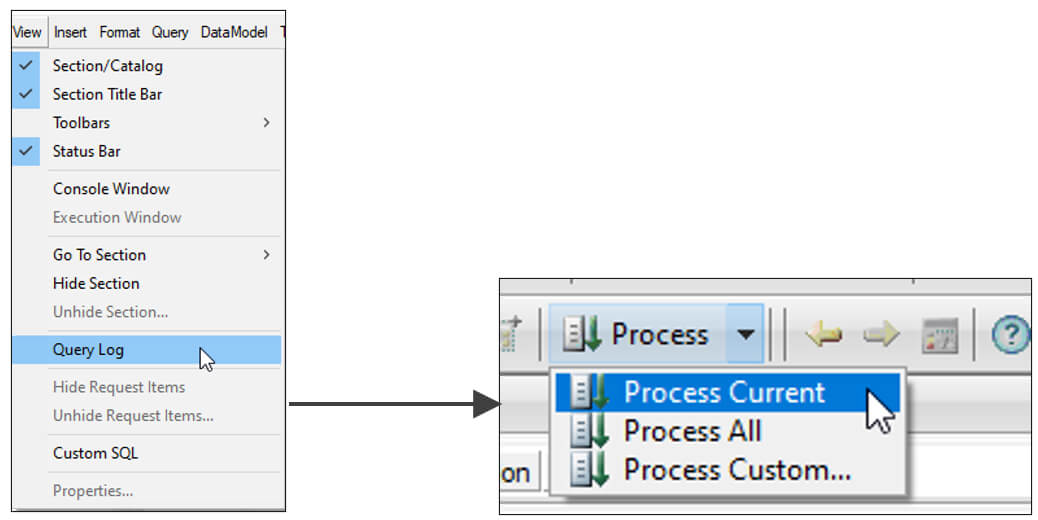 7. Then you will see SQL in the query log.  8. Computed columns are appearing in blue color as shown below. Fig 8  9. Right-click on the column header, and then select the Modify column, and a pop-up comes up where you can find the calculation for the computed field which needs to be replicated in the tableau report. 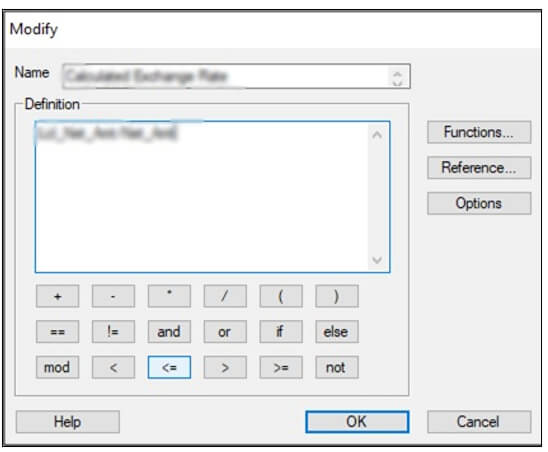 | 1. Migrator IQ Hyperion accelerator offers two components List Maker and Hyperion Extractor that simplify the process. 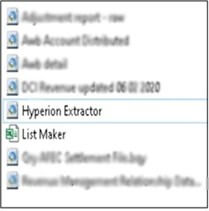 2. By using these Migrator IQ components, we can get the required information about the report like SQL Query, Join, Filter, etc. in few easy steps. 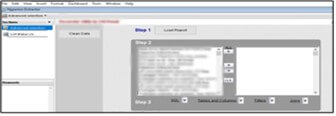 3. Consolidated view of data is stored in an Excel file with a certain amount of weightage applied to different components for analysis. 4. Avoids duplication of effort by identifying similar Data sources and logic. We can delete duplicate sources avoiding report duplications. 5. Precise effort estimation and sizing of the reports based on the detailed information of SQL Code, joins, sections, and tables.   |
Hyperion Formula Syntax Difference:
| Field Name | Hyperion Formula | SQL Query | Tableau Formula |
| Aggregated Salary | Sum(Salary, Department_Id) | SUM(Salary) OVER (PARTITION BY Department_Id) | {FIXED [Department Id] : SUM([Salary])} |
| Qty | if(Flag == “Y”) {0-Quantity*1} else {Quantity*1} | CASE WHEN Flag=’Y’ THEN (0-Quantity*1) ELSE (Quantity*1) END | IF [Flag] = ‘Y’ THEN -([Quantity]*1) ELSE [Quantity] END |
Step – 2 Migration to Tableau (Manual):
1. Open the Tableau desktop and give the correct server’s name, username, and password to connect to the respective database.
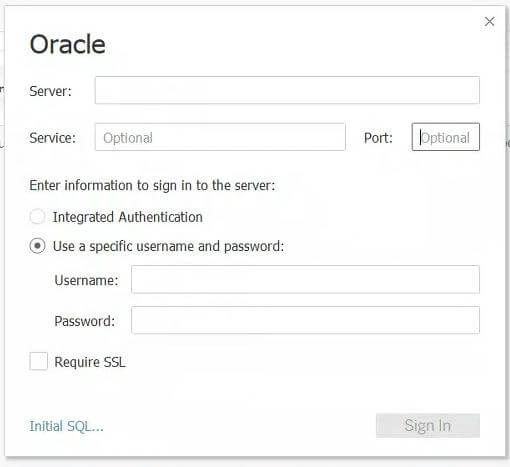
2. Now, you can take the SQL queries from Migrator IQ and use them as custom SQL query in Tableau.
OR
Check the details of the table and joining condition from the Migrator IQ output and select the same table in Tableau to build the data model.
3. Go to sheet and prepare your viz. Below is the sample dashboard which is migrated from Hyperion to Tableau.
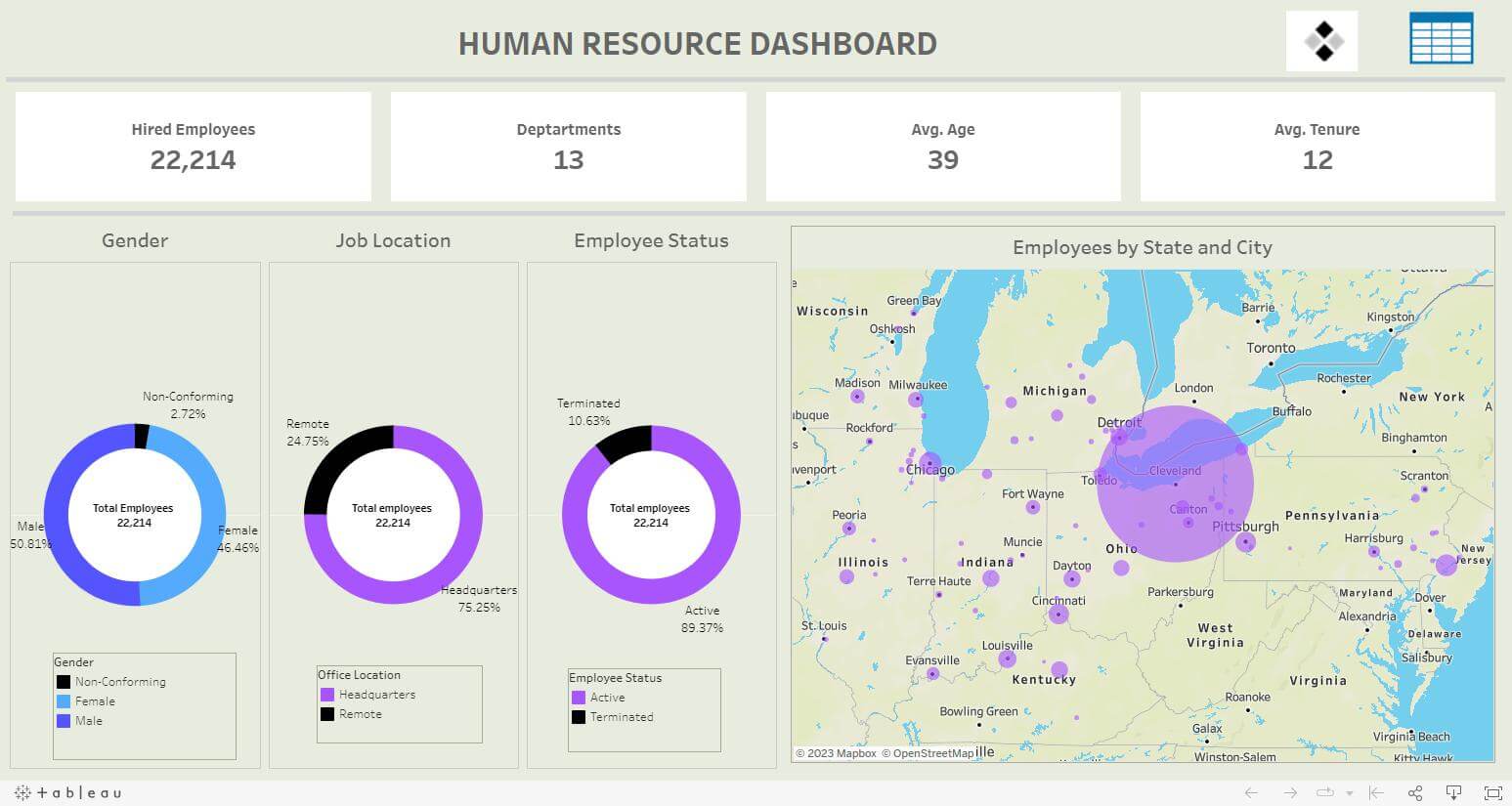
Advantages of Migrator IQ (Hyperion Accelerator):
- Multiple report analyses at a time.
- Hyperion report metadata information (tables, filters, joins, SQL query) exported in Excel.
- Complexity of the report definition and T-shirt sizing.
- Automated the processes and efforts saving.
- Resource optimization and cost reduction.
Migrating from Hyperion to Tableau with the assistance of Migrator IQ offers businesses a number of advantages in terms of advanced data visualization, self-service analytics, and wider data connectivity. Besides, Migrator IQ helps to reduce time and manual effort and is cost-effective too.
By leveraging the capabilities of Migrator IQ, organizations can ensure a successful and seamless transition, unlocking the full potential of Tableau for their data visualization and analytics needs.











 Media Coverage
Media Coverage Press Release
Press Release

